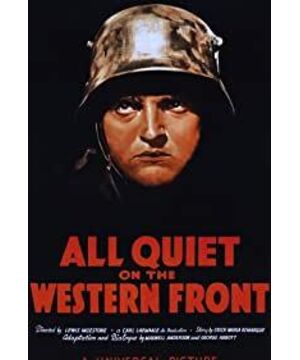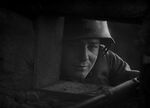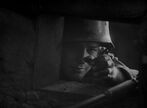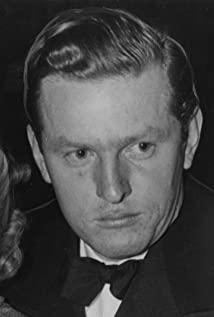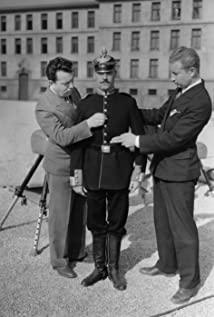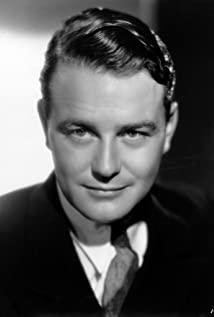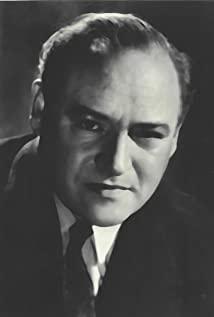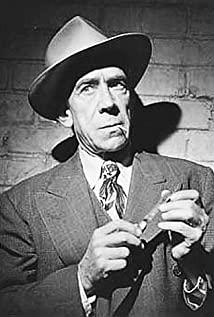The film awarded a young man named Paul and his classmates. Under the instigation of the teacher, they rushed to the battlefield with heroic ideals, but only after they really joined the war did they experience the cruelty and ruthlessness of the war. fly horizontally. The protagonist begins to doubt the ideals of the past. The cruelty and destructiveness of war completely destroyed Paul's heroism, so he begins to doubt war and hate war. The most shocking scene in the whole film is at the end, when Paul climbs out of The trenches went to catch a beautiful butterfly, only to be killed by the enemy's cold shot. That day, the report of the front line command clearly stated that "no war on the western front". The butterfly seems to represent freedom and peace. Paul's catching the butterfly represents Paul's longing for peace and freedom, but in the end he sacrificed his young life on the road of pursuing freedom and peace. Compared with the interests of war, personal interests are insignificant in the eyes of those politicians. Ironically, the warnings this film brings to mankind are always limited, and only ten years later, mankind has fallen into an even bigger disaster - World War II.
I love this movie because it was shot shortly after the end of World War I, with a lot of real war scenes interspersed, so it can be said to be a World War I documentary. Movies based on World War II are abundant today, and there are very few movies based on World War I. This movie is undoubtedly the best one. It is not only very ornamental, but also provides a lot of value for many historians today to study World War I.
Paul is just a microcosm of the countless sacrificed young lives in the war, and the pain caused by those war madmen is inexhaustible.
View more about All Quiet on the Western Front reviews


